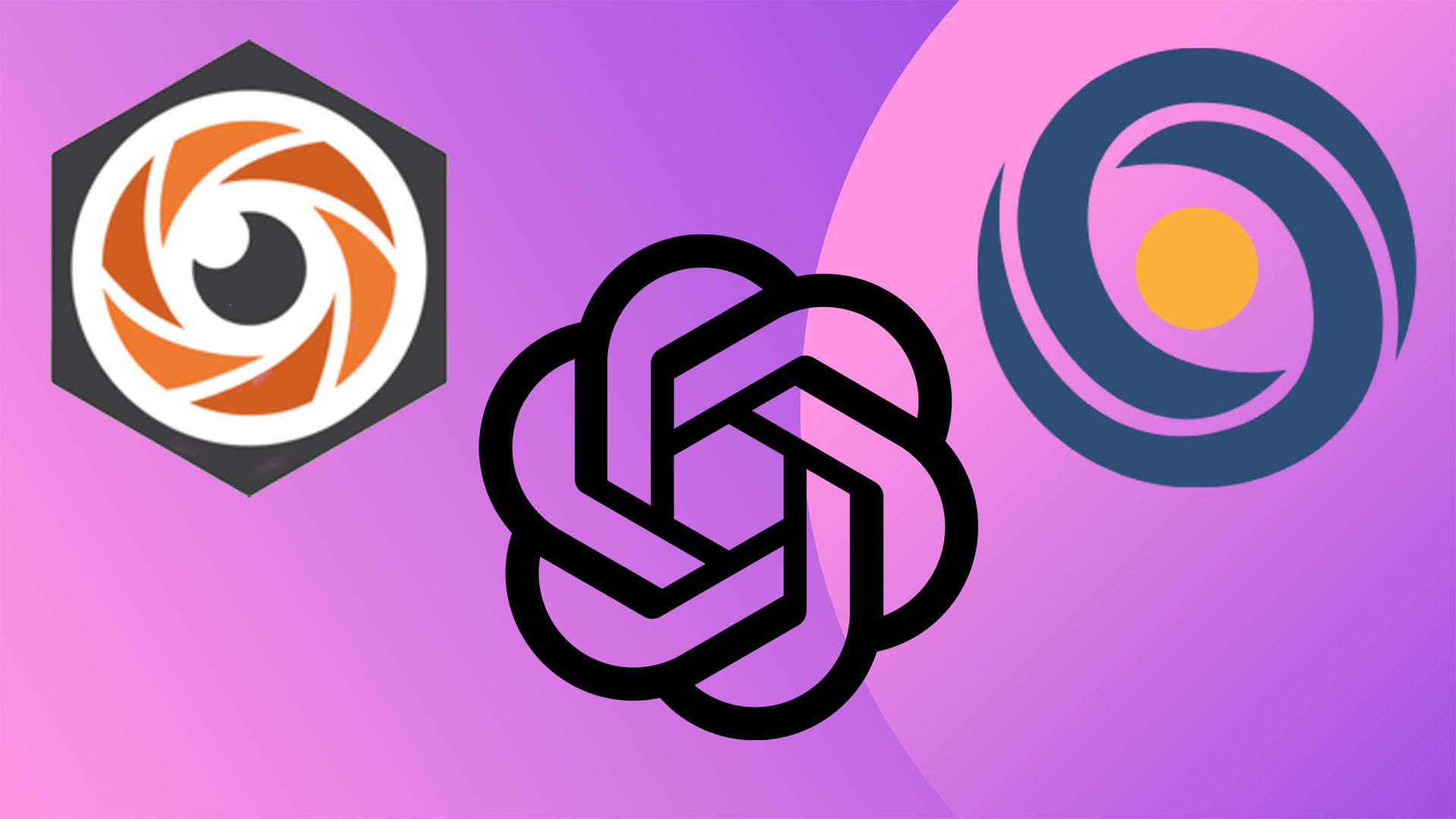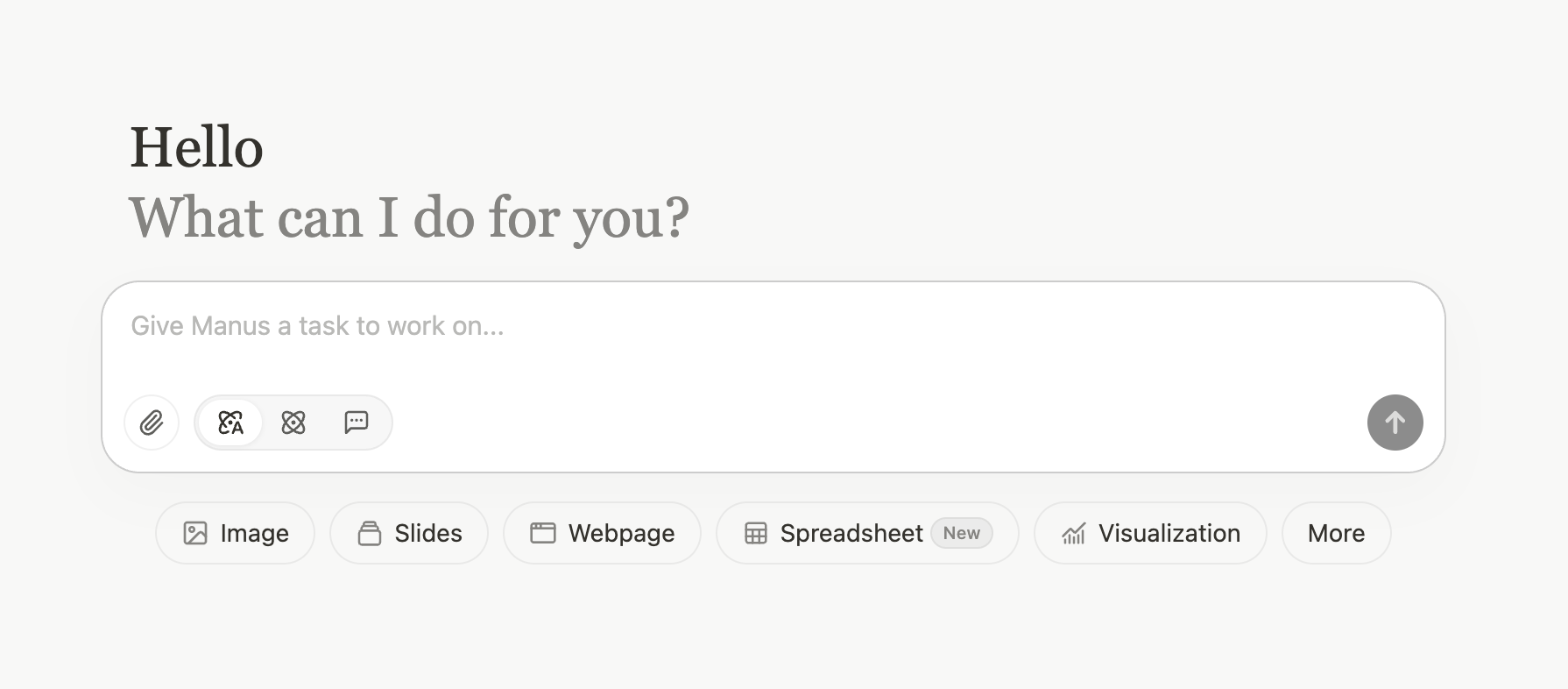AI has a branding problem
We deserve more than a text box and a couple of toggle buttons.

AI is racing ahead; models are scaling, funding’s flowing, and AI models and agents are actually doing things for us. And yet AI's branding is jogging behind.
I was recently reminded of the early 2010s, when Facebook and Apple didn’t just ship products—they set the tone for an entire generation of brands. Facebook’s first global campaign in 2012. Apple’s iOS 7 in 2013. It’s easy to forget that these didn’t just feel like launches; they were powerful, loud and clear statements that led an aesthetic revolution. Brand that stood for something. Design that meant something.
This is the dawn of artificial intelligence and it’s arguably the most profound technology shift of our lifetime. Much more consequential than the social and smartphone era. But most AI tools look and feel the same. A text box. A model picker. A couple of toggle buttons, some pastel gradients. It’s safe and polished. It’s comfortable and predictable.

Spend some time hopping from one AI tool to the next (as I have, with unhealthy obsession) and you’ll find they're all eerily alike. And they leave you a bit bored. Sure, it made my life far easier skipping potentially lengthy learning curves. I tested many tools such as Manus, n8n, V0 and the like, seamlessly signing up and jump-starting into creating things in minutes. They all promised to change my workflow, make my life simpler, more automated. We’re witnessing the beginning of a new intelligence era, but its branding toolkit is from 2012.

AI is a story. Who's telling it?
The defining promise of Silicon Valley branding since 2010 can be summed up in one word: ease. Every brand that’s disrupted a category in the past 15 years has sold us one thing: it’ll make life easier. For everyone.
That productivity-meets-democratisation story has become the dominant narrative of modern branding. Brands as benevolent enablers. The “good guys” of society. Granting access to knowledge, experience, and value.
And now, AI brands are stuck on the same narrative. From interface to tone to value prop, it’s rinse and repeat: Productivity. Accessibility. Democratisation. They’re the Silicon Valley comfort blanket. But frankly, this technology deserves better.
Daily design news, reviews, how-tos and more, as picked by the editors.
Intelligence (real, elastic, unpredictable intelligence) is one of the most beautiful forces we know. It’s deep, complex and moving. It shouldn’t be flattened into simple productivity. Yet most AI brands are still marketing themselves as if the pinnacle of human innovation is shaving 20 minutes off a deck build, or replacing a call centre. Let me tell you something: saving time is not a brand idea. It’s a feature.
Every AI chatbot wants to be your assistant, your partner, your companion—as if intelligence could ever be one thing. A single function. A neat transaction. That may be artificial. But it certainly isn’t intelligent. Because intelligence morphs. It changes shape depending on emotion, context and need. It’s connection. Nuance. Evolution.
And yet most AI brands seem uninspired to tell that richer story. That stranger, more imaginative story. If this technology is truly going to transform the world, where’s the radical redefinition of how we see, sense, and shape it?
Why do all the AI logos look like butt holes? pic.twitter.com/O5VC3bAgP5January 31, 2025
Design as a Worldview
The design systems that defined the last tech era weren’t just stylistic, they were ideological. Flat design was a way to say we’re not here to replicate the real world, we’re here to reinvent it.
Digital became its own dimension. With its own logic. Its own rhythm. Its own beauty.
Today, AI brands are playing dress-up in the same aesthetic wardrobe. Manus. Replit. Rocket AI. Even OpenAI’s elegant new rebrand feels like it inhaled deeply in Cupertino. Beautiful? Sure. But expected, mostly.
Voice might be one of the few true frontier moments. A fascinating leap. But even that tends to lean on skeuomorphism: a warm, whispering human interface to calm the nerves of a society unsure if it’s speaking to God or Clippy 2.0.
We’re still missing a design philosophy that truly wrestles with this moment. Design is how we understand what we don’t yet have words for.
What does it mean to design for sentience? Should AI interfaces mimic us or invent a new visual grammar to help us understand them? Should interactions feel organic, tactile, intuitive? Or should they feel weird, elastic, uncomfortably futuristic?
These are big, thrilling questions. But most brand teams aren’t asking them. Maybe it’s because they’re too busy making sure their landing page feels like Notion and their Series A deck doesn’t scare VC money. What feels familiar reassures those who own the dollars.
Familiar is Killing the Future
Let’s be clear: this isn’t bad design. It’s actually very good design: high craft, thoughtful UX, crisp typography. We’ve come far. The tech world today is shockingly fluent in brand. But it’s also inoffensive. And in a moment this pivotal, safe is boring. Safe is small. Safe is a missed opportunity.
What we need now is the first AI brand that dares. The one that throws out the grid and builds a new visual operating system for intelligence. The one that turns UI into poetry. That defines not just how we use AI, but how we feel it and how we connect with it.
There are flickers already. Claude’s emotionally literate tone. ElevenLabs’ chaotic, hilarious voice chat. Flowith’s UI swagger borrowed from trail-running brands. Bits of magic. But still, no breakout. No brand that makes us stop, the way iOS7 did. No new design religion.
I’m not asking for weird for weird’s sake. I’m asking for intent. For a brand to step forward not just with another “AI assistant,” but with a new way of seeing. Because if AI is going to reshape the world, we need brands that help us understand what world we’re stepping into.

As a Senior Strategy Director at Wolff Olins, Joce is passionate about bringing fresh thinking to brands and leaders eager for change. Joce has worked with renowned brands like Google, redefining its developer proposition to safeguard Google's market position, Decathlon to transform the world’s third-largest sports retailer into a beloved and respected sport brand, and XPENG to launch the lifestyle EV into the European market.
You must confirm your public display name before commenting
Please logout and then login again, you will then be prompted to enter your display name.
